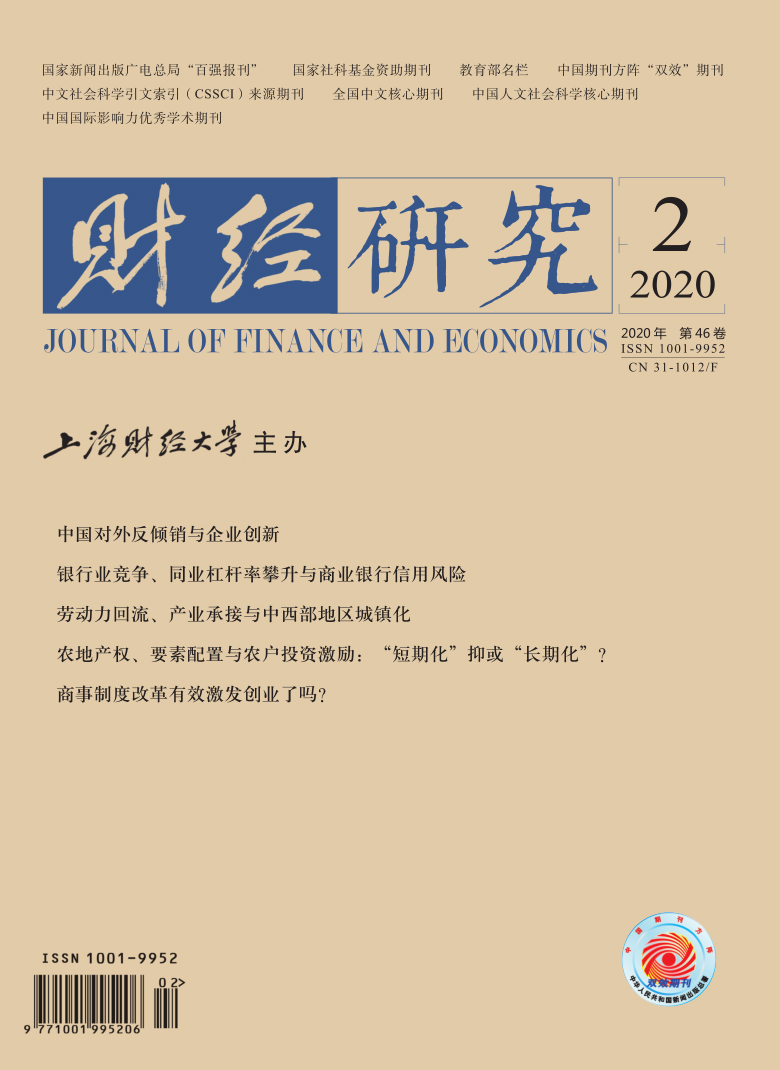In 2015, the Central Committee of the Communist Party of China and the State Council issued the “Guiding Opinions on Deepening the Reform of State-owned Enterprises”, pointing out that by 2020, decisive results will be achieved in the important fields and key links of the reform of State-owned Enterprises (SOEs). One of the important aspects is to improve the corporate governance structure of SOEs, which is the important task of state-owned enterprise reform at present. Actually, many SOEs in China have not yet formed an effective governance structure, and the level of governance is limited.
As the pillar of China’s national economy, the development of SOEs is of vital importance to the sustained and healthy development of China’s economy and the building of the socialist modernized country. However, there are serious agency problems in China’s SOEs, such as on-the-job consumption, excessive investment and profit shifting, which have led to huge efficiency losses. Western scholars generally hold that dividends can alleviate agency problems between business owners and managers effectively, moreover, increase corporate value. Some scholars in China have also found that the dividend payout of SOEs can bring about the reduction of free cash flow and the increase of supervision from external financing market, thus reducing agency costs and increases the value of SOEs. On the realistic condition provided by the fact that SOEs’ profits are increasing sharply, the call for SOEs to pay dividends to the state is getting higher and higher. In this context, China promulgated the “Administration Ordinance of Charging State-owned Capital Gains” (CQ [2007] No.309) in 2007, and began to collect state-owned capital gains.
However, the current governance structure of SOEs in China cannot effectively restrain the behavior of management. In such a governance environment, forced gains payout of SOEs may breed new agency problems and enhance the profit shifting behavior of management, which would worsen corporate governance and lead to a decline in the profit of SOEs. This kind of worry is not unreasonable. After the implementation of the “Administrative Ordinance”, the total profit of SOEs did not continue its growth tendency and began to decline. This fact confirms the increase in the profit shifting behavior of SOEs’ management to some extent. But, there is not only no empirical test on this mechanism in the existing researches, but also less literature on the impact of charging state-owned capital gains on the profit of SOEs. So, this paper attempts to verify this mechanism and test the impact of the “Administration Ordinance” on the profit of SOEs.
This paper uses the Difference-in-Differences method to evaluate the impact on the profit of SOEs, taking the “Administration Ordinance” as a policy shock with the A-share data of listed companies from 2003 to 2009.The study finds that: First, the implementation of the “Administration Ordinance” has a negative impact on the profit of SOEs, significantly reducing the rate of return on common stockholders’ equity (ROE) of SOEs. Second, through the mechanism analysis, we find that forced gains payout of SOEs and gains’ circula- ting in the body has increased the management’s behavior to turn over profits under the current governance level of SOEs, resulting in the decline in the ROE of SOEs. Third, the “one size fits all” rate of gains payout has made more decrease in ROE of large-scale SOEs than small-scale ones, which is called the unfair punishment of “whipping the fast and hard-working”.
The marginal contribution of this paper is mainly reflected in: (1) Most of the existing empirical research studies the effect of dividends payout on SOEs, but little discusses the effect of the “Administration Ordinance” on SOEs, and even more rare about the influence on the profit of SOEs. This paper uses the Difference-in-Differences method to evaluate the impact of the implementation of the “Administration Ordinance” on the profit of SOEs, which will enrich the study in this area. (2) Although some scholars have suggested that forced gains payout may increase the profit shifting behavior of management, thus leading to the decline in the profit of SOEs, there is no empirical evidence to support this mechanism. This paper takes the degree of real activity earnings management as the measure of the profit shifting behavior of management, and empirically tests this mechanism.





 5796
5796  9615
9615

